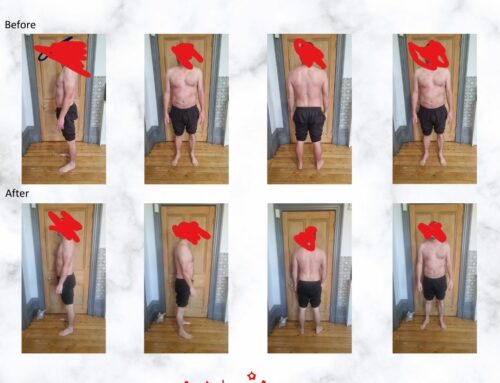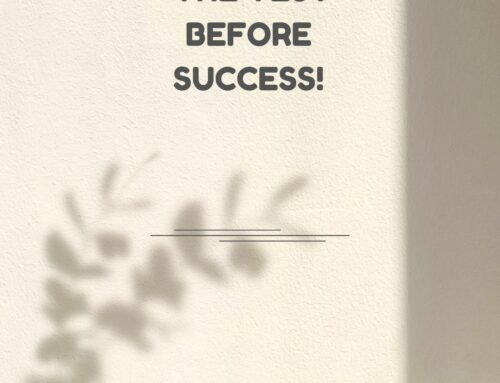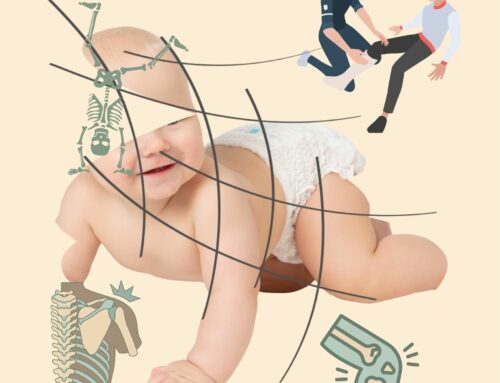Equipment with clients – is it right? Do we need it?
Below is a thought provoking question submitted to our studio from an interested party. We have two fully equipped Pilates, GYROTONIC ® and Yoga studios and do have lots of props as well as mat sessions only.
Interested client: “My concern is twofold, 1) that equipment may be unnecessary, i.e. what you really only need is your body, a mat and the right program – little else, and 2) that routines or methods are learned that are dependent on equipment thus encouraging disempowerment and reliance”.
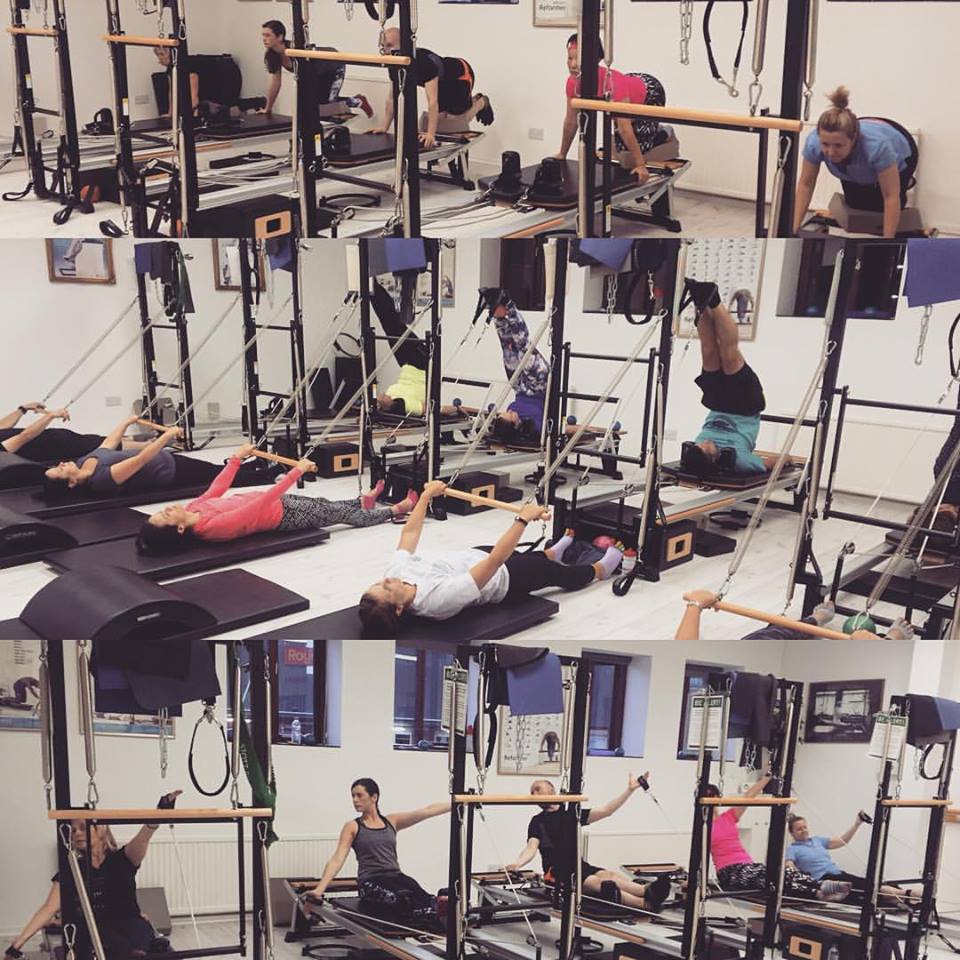 Well let’s start with the origins of Pilates –
Well let’s start with the origins of Pilates –
Joseph Hubertus Pilates was born in Monchengladbach, Germany in 1883. As a child, Joe had asthma and other ailments. He turned to exercise and athletics to battle these ailments and was always studying various exercise regimens to expand his knowledge base. He became enamoured by the classical Greek ideal of a man balanced in body, mind, and spirit, and he began to develop his own exercise system based on this concept. Growing into adulthood, Joe was no longer the sickly child he had once been as he became an avid skier, diver, gymnast, and boxer.
In 1912 Joe went to England, where he worked as a self-defence instructor for detectives at Scotland Yard. At the outbreak of World War I, Joe was interned as an “enemy alien” with other German nationals. During his internment, Joe refined his ideas and trained other internees in his system of exercise. He rigged springs to hospital beds, enabling bedridden patients to exercise against resistance, an innovation that led to his later equipment designs. An influenza epidemic struck England in 1918, killing thousands of people, but not a single one of Joe’s trainees died. This, he claimed, testified to the effectiveness of his system.
Social media response: “Joes use of equipment and Iyengar’s are really for different purposes. Iyengar was considered the contemporary by adding props that were not used before in yoga as he used them. But the purpose was to allow students to ease into poses is a safer and easier way when holding the poses for such a long time.Joe’s use of equipment was not as props but to allow the body to have and get the resistance he would provide to his clients. to be able to find the push and pull to change the strength or flexibility with in each area of the body.Julio basically followed Joe and not Iyengar with the use of equipment not Props but with more of the circular patterns. I have been told he had lived with Romana for a while so if true he was well versed in pilates before developing his own unique version of resistance exercise apparatus.” Sean P Gallagher International Pilates trainer
The GYROTONIC® Method – SPECIALIZED EQUIPMENT
The body is designed to work as one harmonious system, to follow arching and spiralling paths of motion and to transition from one movement to the next smoothly, and efficiently. Gyrotonic ® method creator, Juliu Horvath, designed a specialized line of equipment around these natural movement patterns of the human body.
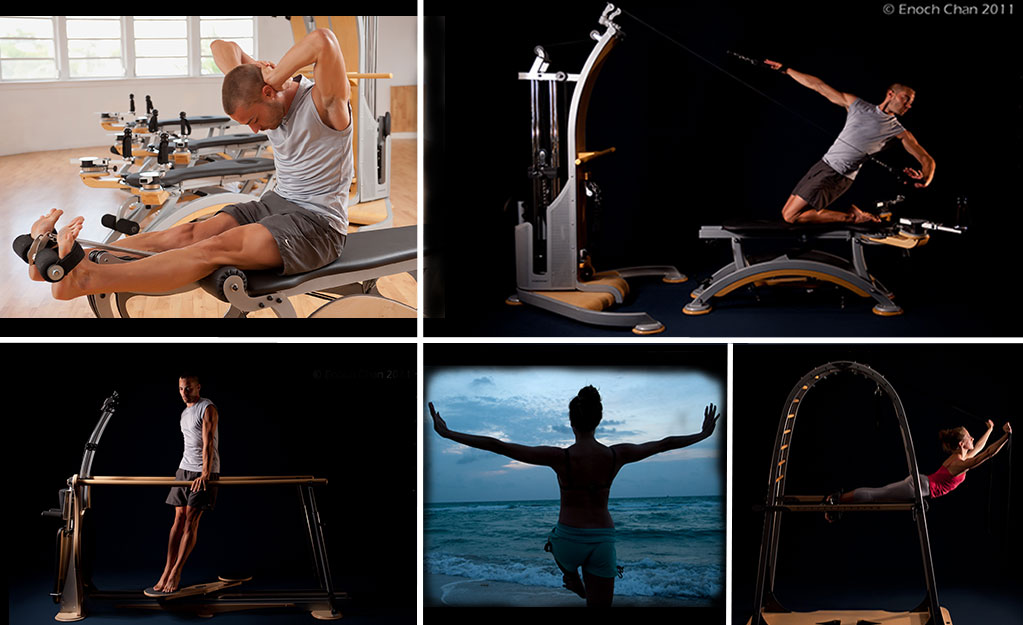 Because Gyrotonic ® equipment is highly adjustable, it can be customized to fit each person’s unique physique, and ability, adapting for things such as height, arm and leg length and physical ability.
Because Gyrotonic ® equipment is highly adjustable, it can be customized to fit each person’s unique physique, and ability, adapting for things such as height, arm and leg length and physical ability.
Social media response: “So many reasons to use props but the one overriding reason: Comfort.Juliu Horvath (GYROTONIC) always reminds me that I can learn from pain or from pleasure, both will get the job done though I prefer pleasure. Props can make the process of learning movement pleasurable through support and assistance.” Neil Nabbefeld
Iyengar Yoga
Wikipedia tells us Iyengar Yoga often makes use of props, such as belts, blocks, and blankets, as aids in performing asanas (postures). The props enable students to perform the asanas correctly, minimising the risk of injury or strain, and making the postures accessible to both young and old.
Social media response: “Iyengar used props (and we use them today in some Yoga classes) to help people into certain yoga poses and assist the student. The use of props in Yoga also help the student to find better alignment in the poses. I find a lot of faster paced classes like Vinyasa lose the alignment aspect because the students/class move so quickly through postures.As far as Pilates and the equipment, I read some where recently that we call it apparatus not equipment because we are meant to “drive” the apparatus not let it “drive” our bodies. I honestly don’t remember where I read this and they did a better job of explaining the difference.” Chris Roberts International Pilates trainer
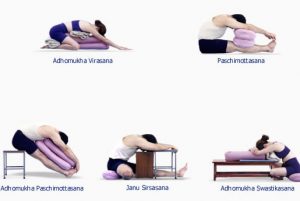
I could write a book on the above with lots of pros and cons, in a nutshell I have summarised to the best of my ability. After teaching/coaching and dealing with people for over 25 years in an ideal situation we would not need anything no medication, therapists, doctors, no chairs, no TV, no quick fixes. We would be living and functioning like our ancestors did using primal patterns so we would be catching our food and going through the following primal pattern ® motions naturally in everyday life:
- Squat
- Bend
- Lunge
- Pull
- Push
- Twist
- Gait
The reality is that most of are in a constant state on what’s called ‘sympathetic’, (fight or flight). Thus it affects out health, inflammation levels and causes faulty breathing patterns. We are stressed, burnt out, worn out, running from job to job. As a CHEK practitioner as well as a movement therapist the ideal situation is that clients are all coached or taught one to one and the emotional, spiritual, hormonal and physical are all dealt with. This is not always possible for everyone and some people are not ready to go so deep as yet and some people like the social and small group environments. The most important thing for any human being is to have optimal posture and flexibility so that they have the ability to have balanced, healthy and pain free lifestyle. We need enough tension to hold the structure of the body together but not too much rigidity and stiffness.
Social media response: “After surgery I found props invaluable, it was almost impossible for me to get into certain positions without either another person to adjust or using props to lie over or hold me up. They didn’t become a crutch they just helped me (and still do) recover and regain certain movements but that’s because I’m aware, some people might get too attached to them. Things like reformers feel supportive and certainly give confidence but ultimately I feel the body needs to find it’s own support and freedom of movement. I think they can be a good step towards developing proprioception but they can also become a distraction as well…I just had a discussion about a weird yoga mat that gives feedback, on my wall similar things came up….” Deidra Barr UK Yoga therapist
A lot of the clients who seek my environment are coming from sedentary desk jobs, elite sports or have medical issues such as MS and cerebral palsy. They do not have optimal mobility and function and need the proprioceptive feedback and guidance from the equipment in order to get results and increase balance, core control, strength, equilibrium and function. They would get similar feedback from a body worker working on connective tissues and lines apart from that that is based on human touch and has a whole load of other emotions connected with it. Joe Pilates talked about the reformer being a partner. When the apparatus is used correctly it works in conjunction with the movement, breath and body and it’s not the machine that conditions the client alone its the dual act together.
This also goes the same for GYROTONIC ® I love Julio Horvath’s thoughts on movement, energy and flow. Like Joe, Julio offers both matwork and equipment, i feel his equipment encourages more exploration and helps blockages as well as crossing of the hemispheres with his beautiful spiral and circular lines. The apparatus helps me restore freedom particularly around the ribcage and sternum which is blocked for many clients as well as movement professionals.
As for using props, bolsters, ropes in Yoga as Iyengar did, I feel this too has its purpose. I have visited Iynegar;s studio in Pune and met the man himself. It is not just his method but the use of props in general that helps clients to work without strain and with space and compression in their joints. I personally cannot sit on the floor cross legged and need a bolster or blocks to keep my posture up right and maintain effective breathing. If you do not have optimal ROM (range of motion), the equipment, regardless of its origin helps.
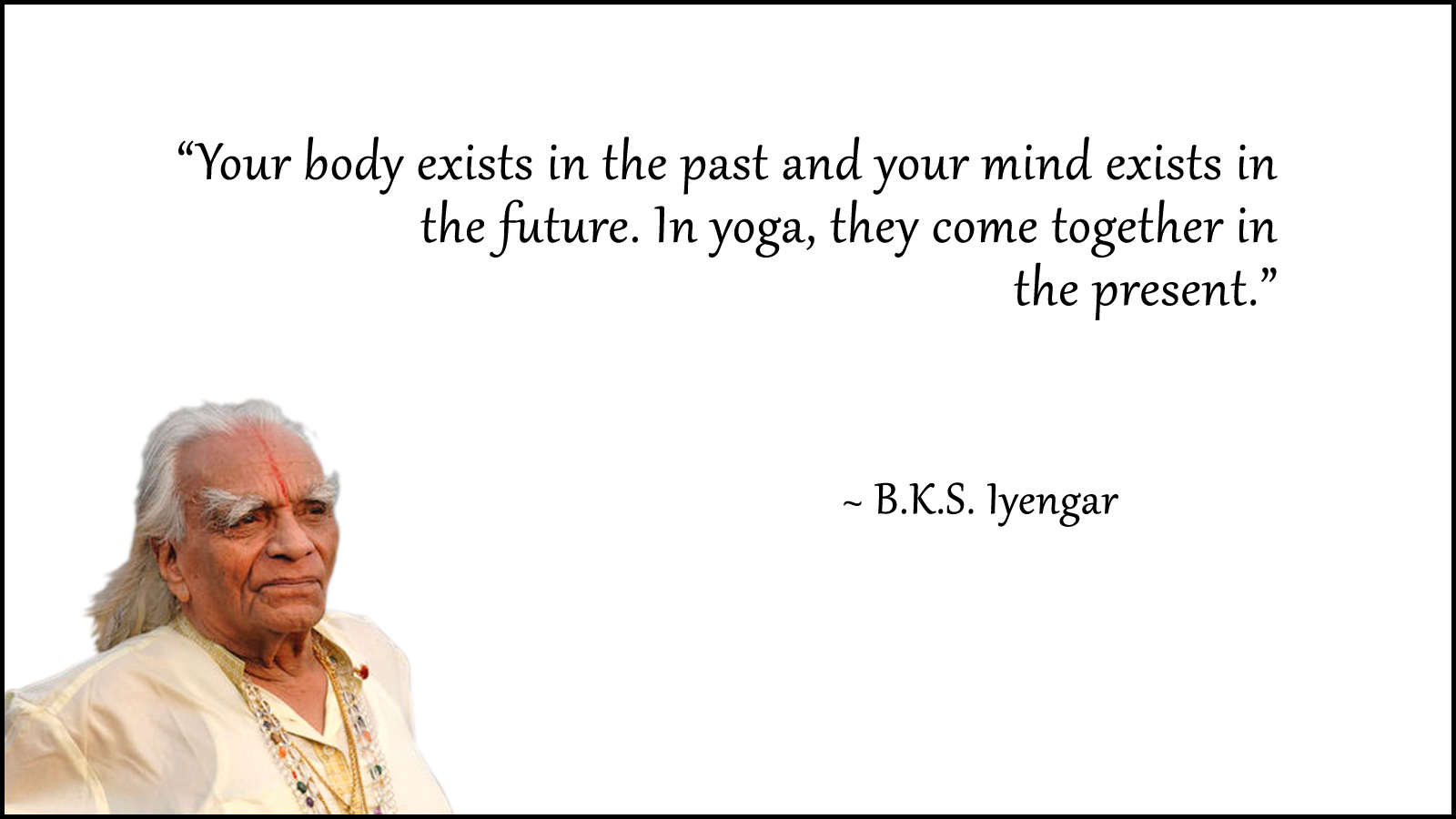
If you walk into any Pilates, Yoga or GYROTONIC ® studio you will see many people with rehab, cerebral palsy, learning difficulties getting results. After all, the equipment that we see in the modern day gym today was actually designed for polio patients and then was taken on by the fitness industry.
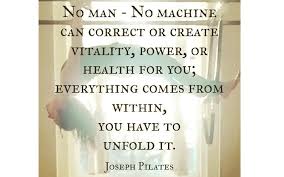
So will I continue to use equipment to help clients restore the lost functions and work pain free? I certainly will. Does it make a client dependent on the equipment and thus encourage disempowerment and release? I feel that without assessing we are guessing and I would say ‘No’ to this. Every single one has different learning pattern, different background, different conditioning, a different approach to mindfulness. Clients who could not get up off the floor now can with use of the roll down bar, clients who could not move their pelvis on a seated forward bend now can and are gently reducing the props. If its structural condition and the posture is causing pain and discomfort i would encourage the use of props.
So there we go, that’s my answer in a nutshell. I have put below a video of two different body types doing the pilate’s roll up and variations, I hope you have a better understanding of how there is no right or wrong. Remember life is hard and we are all navigating our way through life as best we can.
Bibliography
http://www.pilates.com/BBAPP/V/pilates/origins-of-pilates.html
https://www.gyrotonic.com/gyrotonic.aspx


